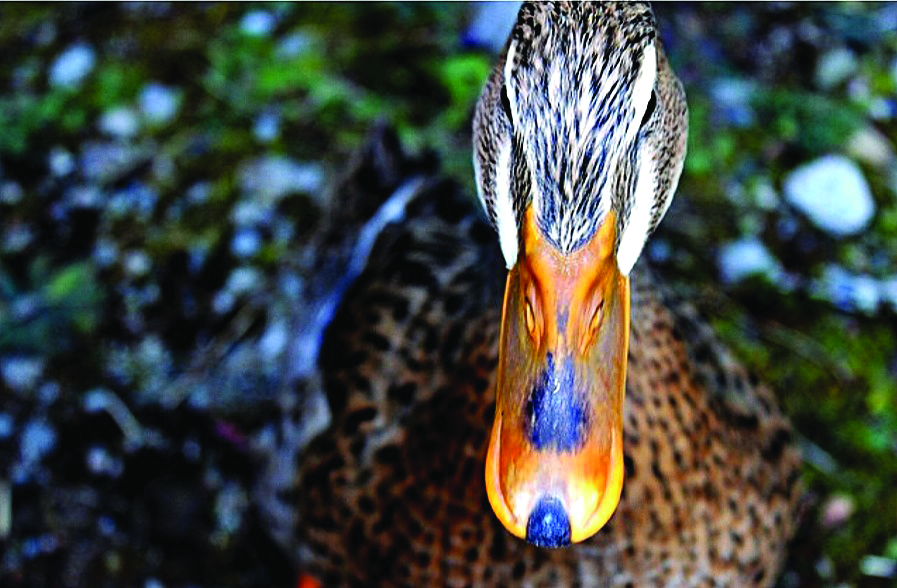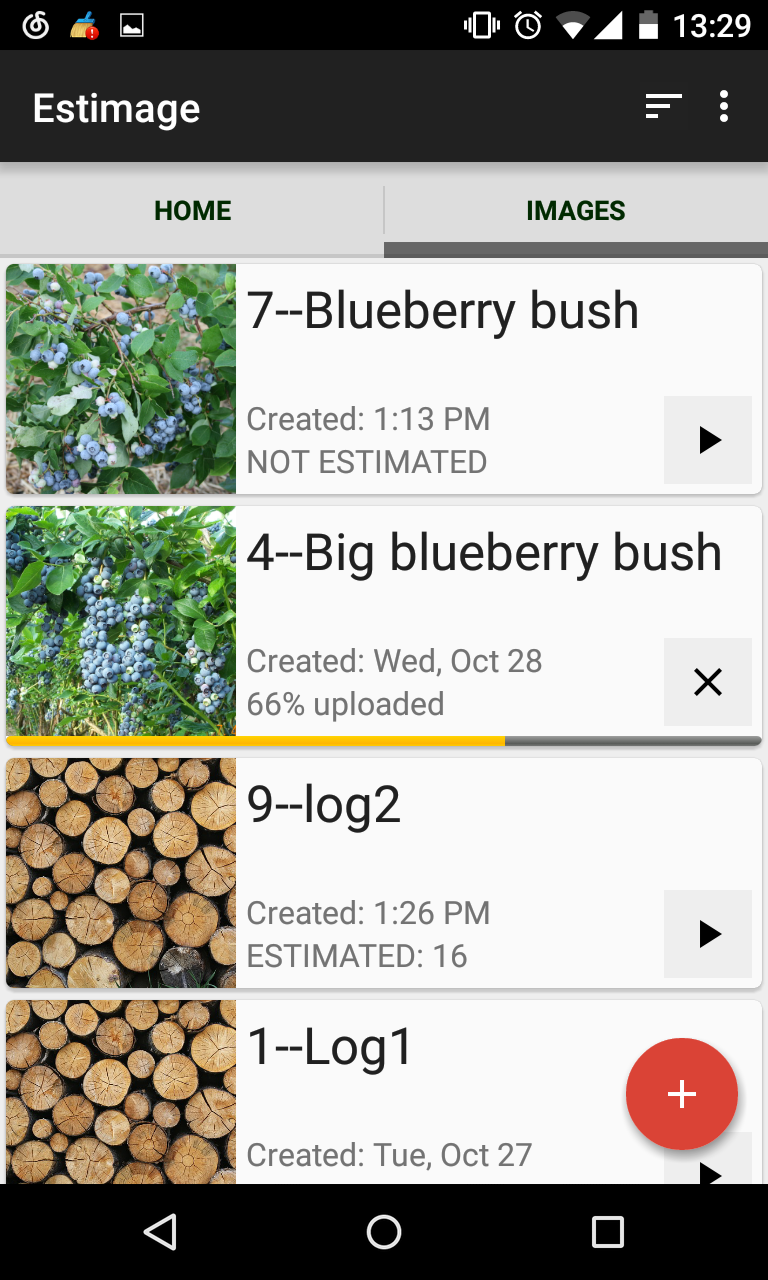Ducks are in the very fortunate position that they are worth lots money, so a lot of people care about them. Waterfowl hunting and associate ecotourism is a multi-billion dollar industry in North America, and a large portion of the money generated from this industry is poured in to waterfowl research. The Canadian and United States federal government came together in 1986 to form the North American Waterfowl Management Plan (NAWMP), which has since contributed over $4 billion in to waterfowl research. Many other life forms are not economically valuable and lack the cultural value of waterfowl, which makes it difficult to acquire funding for their research. Waterfowl, on the other hand, are likely the most-studied group of vertebrates on the planet.
Despite all the money invested in waterfowl research and conservation, many questions and challenges still exist with North America’s waterfowl. The American Black Duck (Anas rubripes, Brewster 1902) used to be the most common species of waterfowl on the east coast of North America, but excessive hunting of this species caused black duck numbers to decline by about 50% from the 1950s to the 1980s. 1982 was a pivotal year in black duck conservation, when the Humane Society of the United States took the United States Fish and Wildlife Service (USFWS) to court, arguing that the federal government was completely miss-managing this species, and calling for a ban on black duck hunting in the USA. This court case was widely covered and black duck conservation became a controversial issue in North America in the early 80s. Scathing reviews were being published criticizing the federal government on its incompetence to conserve the nation’s waterfowl species, and there was a massive amount of pressure on the both the Canadian and American federal governments to address the issue of black duck loss. Ultimately, the court ruled in favour of the USFWS; the black duck season remained open, however, restrictive hunting measures were implemented in 1983 to reduce the amount of black ducks killed each year.
The restrictive hunting measures resulted largely in a stabilization of black duck numbers in North America. Black ducks are still well-below historical levels on our continent, and the NAWMP developed the Black Duck Joint Venture (BDJV) in 1989 to specifically address and direct research on black duck management. Loss of critical breeding and non-breeding habitat, along with current hunting pressures are likely the two factors preventing the recovery of black ducks, and declines are still being observed throughout their range.
Black ducks spend the winter mostly in the south-eastern portion of the United States, but exceptionally brave birds do choose to spend the winters in Atlantic Canada, and this is as far north as you’ll find a black duck in the winter. Why they choose to endure the harsh winters of Atlantic Canada rather than travelling to the Carolinas for the winter is unknown, and strangely enough, the amount of black ducks wintering in Atlantic Canada appears to be increasing. This poses us an interesting management question because we lack a lot of basic ecological knowledge on this species at the northern limit of their wintering range. Filling this knowledge gap and ultimately developing an estimate of the amount of black ducks that Atlantic Canada can support through the winter has been identified as a research priority by the BDJV, and this is where I come in.
A large collaborative effort has since been undertaken to develop an estimate on Atlantic Canada’s black duck winter carrying capacity, and Acadia University is playing a major role in this conservation effort. My research focuses on gathering crucial ecological data on wintering black ducks, specifically answering the questions of “What are black ducks eating up here in the winter?”, and “How healthy are these ducks up here through the winter?” I was able to examine ducks from an urban area (St. John’s, NL), ducks shot locally in rural habitats, and ducks from an agricultural site.
From dissecting many black ducks and examining their gut contents, I’ve been able to see that black ducks wintering in rural and urban habitats have completely different diets. Rural ducks feed mostly on molluscs and seeds, while agricultural and urban ducks are surviving off corn and human food that is tossed to them when people visit the park. Black duck health was assessed using a scaled-mass index (much like our body-mass index that you get when you go for a check-up with your family doctor), and despite having distinct diets, the black ducks wintering in rural areas are just as healthy as those wintering in urban habitats.
Agricultural and urban habitats may be a key part of the puzzle explaining why black duck numbers are increasing through the winter in Atlantic Canada, and why our birds appear to be doing so well through the winters up here. These habitats provide refuges from hunting, and provide the ducks with an essentially endless food supply which requires little to no foraging effort. Yes, black ducks are still wintering in classic rural habitats in Atlantic Canada and are also doing quite well, but this hypothesis of urban habitats facilitating black duck survival at the northern limit of their wintering range merits a thorough research effort. Feeding the ducks in parks is good! Just stop giving them your stale old bread – corn is a better substitute.





